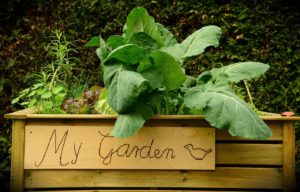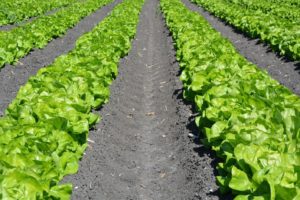Are you new to gardening, or starting a new gardening venture and wish to determine the pros and cons of both raised bed and traditional, in-ground gardening? You’ve come to the right place. In this blog, the gardening experts at Garden Savvy are weighing in on the benefits and drawbacks of each type of gardening.
When starting a home, community or school garden, the first choice in garden planning is whether it should be a raised or in-ground garden. If you’ve always wondered what the differences are, follow this guide of pros and cons for each in order to make an educated garden plan for the gardening goals you’re trying to achieve.
Raised Bed Gardening
Raised Bed – Pros

- Easy to pick up and move anywhere you choose
- Easier to keep garden pests out
- Easier on your back, less hunching over
- Better draining
- Less maintenance once up and running
- Less weeding
- Minimal or no water/soil runoff
- Longer growing season
- Better alternative in areas with poor soil conditions
Raised Bed – Cons
- More expensive to start up
- More maintenance – buying soil, more watering
- Soil dries out in summer and cools down faster in fall
- Roots are confined
- Limited variety of plants to grow
- Wood needs to be replaced down the line
In-Ground Gardening
Traditional Gardening – Pros

- Less cost involved
- Easier to get started
- Use existing soil
- Less watering; soil won’t dry out as fast
- Availability of more square footage
Traditional Gardening – Cons
- More difficult to keep garden pests away
- Tougher physical work for aging gardeners or those with disabilities
- Less drainage, more irrigation planning
- Soil regeneration can take time
Browse our thousands of verified vendors to find any flowers or plants you’re looking for, and compare vendors to see prices, inventory, and more! All with real, honest reviews from customers.
Recent Posts
- Smart Gardening: How Technology Is Revolutionizing Horticulture
- Understanding Gardening Zones: What You Need to Know
- The Right Tools For Your Gardening And Landscaping Needs
- Maximizing Your Harvest: Square Foot Gardening Chart for Beginners
- Holiday Garden Scents: Plants for Natural Aromatherapy in Your Home






